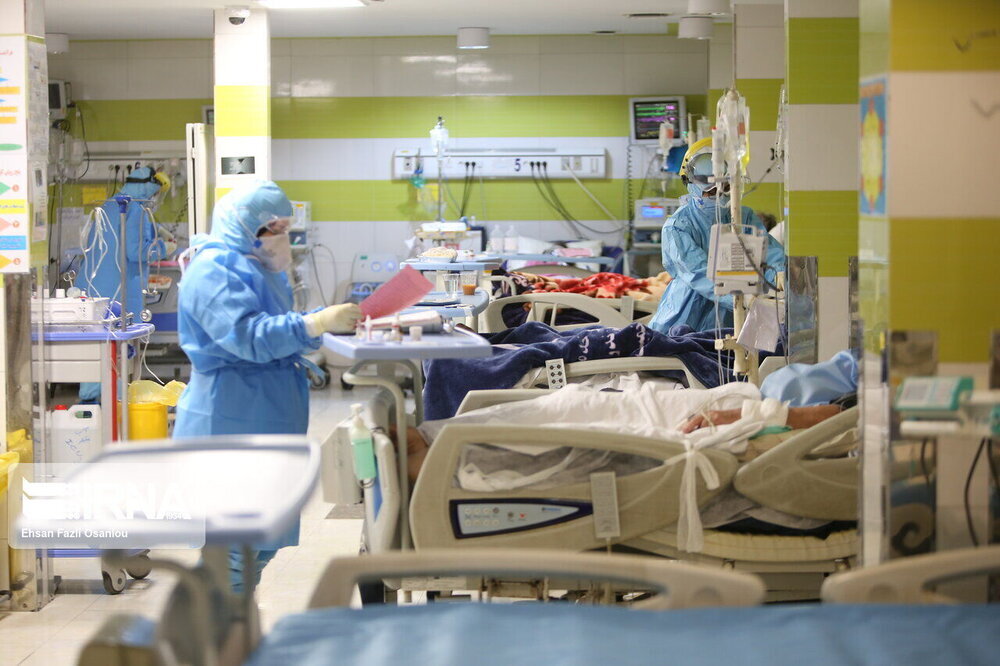Health indices significantly improved after Islamic Revolution

TEHRAN - All the indicators of health and treatment have made significant progress after the Islamic Revolution, and now Iran is one of the leading countries in this field, the deputy health minister has said.
Health is one of the areas that got a good jump after the Islamic Revolution, ISNA quoted Saeed Karimi as saying.
“There were Indian and Bangladeshi doctors in Iran who did not even understand our language properly, and patients had to tell the doctor about their illness with their body language in order to receive medicine,” Karimi explained.
“Today we see that the neighboring countries want Iranian doctors and want to use the capacity of our doctors.”
It should be noted that in the early years of the Revolution, even for a cataract, which is a routine ophthalmic operation, the patient was sent abroad, but now patients from abroad come to Iran for the most advanced surgeries, he highlighted.
“At the beginning of the Revolution, there were just 56,000 hospital beds, but now we have 156,000 hospital beds,” he noted.
Meanwhile, there were just seven thousand specialists, but now there are 70 thousand specialists and sub-specialists in the country, he added.
Therefore, the health indicators after the victory of the Islamic Revolution cannot be compared with the conditions before the Revolution, Karimi said, adding that although 40 years have passed, many countries have not found such a leap in their healthcare.
Iran, a leading country
He went on to say that improvements have been made in the field of life expectancy, and the mortality rate of pregnant mothers, children, and infants has declined.
“In Iran, treatment costs are not very high, and although the quality of the services we provide is high, the costs are not very high.”
“One of our plans is to make the services free once the family physician plan is finalized.”
Medical tourism
In the field of medical tourism, conditions are very good due to the trust that neighboring countries have in the Iranian health sector, he said.
Even Iranians who live in America and Europe perform their medical procedures in Iran and trust in the country's doctors. At the same time, infrastructure is needed to expand medical tourism, he added.
“Currently, 220 hospitals in the country have the necessary infrastructure to accept medical tourists. However, the tourist who comes should be provided with suitable accommodation, convenient transportation, and amenities.”
If these infrastructures and conditions are available, Iran will be at a very high level for services and can take good measures in the field of medical tourism, he concluded.
In 2005, Family Physician (FP) program was started, which targeted almost 25,000,000 citizens residing in rural areas, and was piloted in two provinces of Fars and Mazandaran.
Based on the program, a physician and a midwife offer services in rural areas, every 3,300 villagers have a physician and there is a midwife per 5,200 people in villages.
Some screenings and diagnoses regarding the common cancers of men and women are also offered actively and free of charge to the rural community and cities with less than 20,000 people, Rezaei also said.
People living in villages are covered by free insurance and benefit from all service packages without paying, he stated, highlighting that all rural care services are free.
In October 2021, World Health Organization (WHO) representative to Iran Jaffar Hussain, said that Iran's health system can be a model for other countries in the region, especially in the field of health and the use of valuable forces such as healthcare providers.
MG
